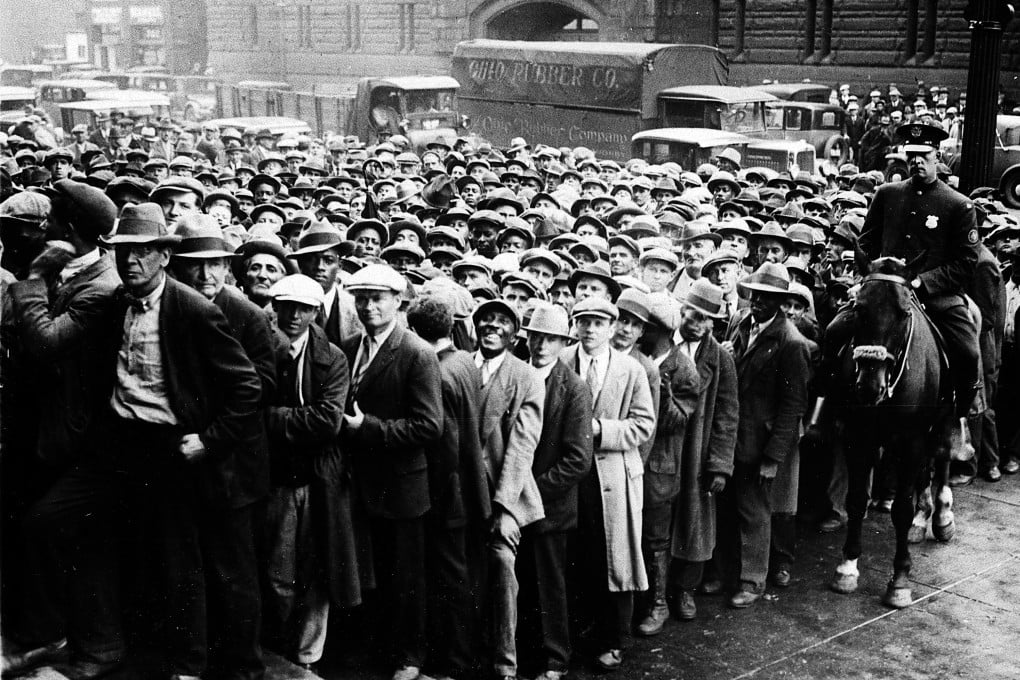My Take | Tariffs caused many sad endings during the 1930s
Not long ago, not far away, another powerful country resorted to tariffs to beat up the world, ending in mutual destruction

History both rhymes and repeats. We are in the middle of one such episode.
The example he cited was the Smoot-Hawley Tariff Act, introduced in the US at the start of the Great Depression. To protect US agriculture and manufacturing, it raised the average US import duty to 59 per cent, leading to a dramatic drop in global trade that contributed to prolonging the worst economic crisis of the last century.
But that was small beer compared to what was happening at about the same time across the Atlantic. There, the similarities to what’s happening today are eerie. An authoritarian leader with no moral compass came to power through legitimate democratic means.
He rallied his people by promising to make them great again by making every country learn to respect them.
And the first weapon he used as soon as he entered office was tariffs. Like Trump’s highly eccentric and heterodox economists Stephen Miran and Peter Navarro at the White House, the chief economist to that Great Leader in our story from almost a century ago also had an unnatural attachment to tariffs, and thought they were the panacea to every major economic ill his country was suffering from, such as being ripped off by foreigners.
